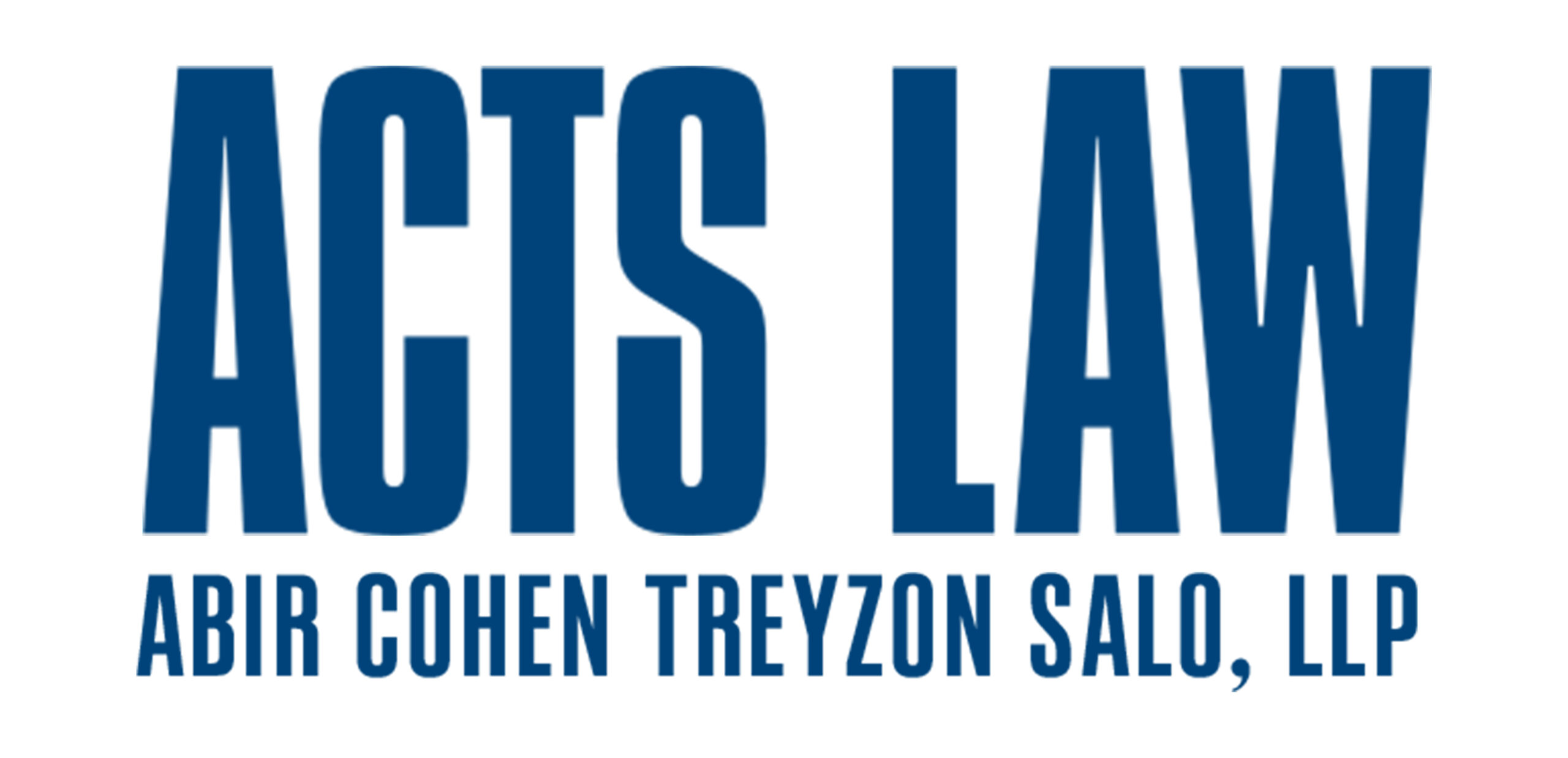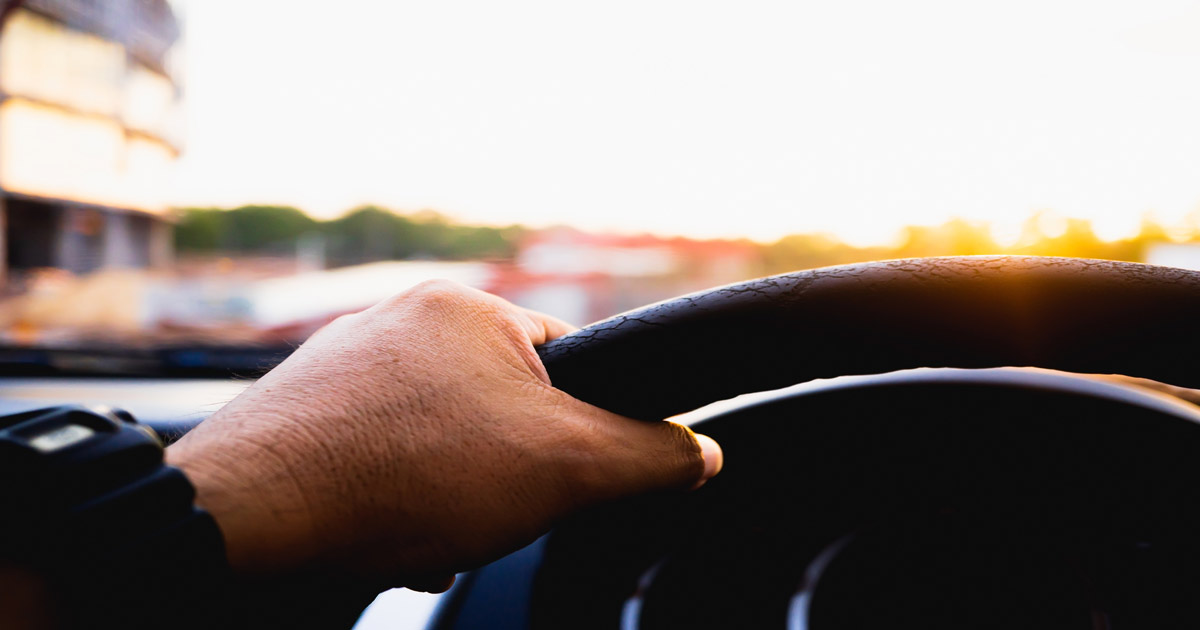With the new school year upon us, the question on every parent’s mind is how to provide the safest and most productive learning environment for their children. According to the American Academy of Pediatrics (AAP), children learn best when they are in school. However, because COVID-19 remains a serious public health issue, parents, school leaders, and public health officials are working together to come up with a plan for reopening schools that meets children’s educational needs while also prioritizing their health and safety.
If COVID-19 cases spike in a community, the school district may choose to proceed with virtual learning. Ideally, this will not be the case and children will be able to return to school in some capacity. To ensure that all children, educators, and community members remain safe and healthy when schools reopen, there are several steps that can be taken, from COVID-19-related protections to general safety tips.
What Should Schools Do to Prevent the Spread of COVID-19?
There are proactive steps that schools should be taking in order to provide a safe and healthy learning environment for children and staff, including the following:
- Enforce social distancing: To prevent the spread of COVID-19 in schools, students, teachers, and administrators should stay at least six feet apart. If students are wearing cloth face coverings during class, spacing desks three feet apart will likely be enough to prevent the virus from spreading. Because teachers are at a higher risk of being exposed to the virus from other adults than they are from the children at school, it is crucial that they stay the full six feet apart as often as possible. In-person meetings should be replaced by virtual meetings to limit exposure. If there are outdoor spaces that can be used for instruction or for lunch, educators should consider taking advantage of this, as it allows children to spread out, particularly for activities. If a student is showing symptoms of the illness, he or she should be sent home.
- Wear cloth face coverings: All adults should wear face coverings throughout the school day. Children should also wear face masks whenever possible, particularly if they cannot stay a safe distance apart.
- Keep hands clean: Teachers and children should wash hands with soap and water regularly and use hand sanitizer throughout the day.
- Limit classroom changes: To limit the frequency of student interactions in hallways and other locations outside the classroom, teachers should be encouraged to move between classrooms rather than have a large group of students move from one room to another. This causes crowded hallways where social distancing is extremely difficult. Students should be allowed to eat lunch at their desks or outdoors in small groups. Classroom doors should be left open to reduce the risk of exposure from high-touch surfaces, such as doorknobs.
- Check temperatures: If a student or teacher is not feeling well, either the school nurse, or another teacher or administrator, should take that person’s temperature. Any student, teacher, or staff member who has a fever of 100.4 degrees or higher, or shows any other symptoms of the illness, should be sent home. Large-scale COVID-19 testing is not yet available for most schools.
- Cleaning and disinfecting: The Centers for Disease Control and Prevention (CDC) offers detailed information about how to disinfect and sanitize classrooms and common areas properly.
- School bus safety: Parents should drive students to school if possible. However, if children need to take the bus, bus drivers must wear face masks, and the seats and other surfaces should be cleaned and sanitized after each trip.
How can Parents Keep Children Safe at School During the Pandemic?
Sending children back to school during a global pandemic is not an easy decision for any parent. For those parents who decided to let their children return to school this fall, the following tips may help make the process easier:
- Reinforce effective COVID-19 precautions: It is common for children to forget to wash their hands, wear a mask, or avoid touching their face. With school about to reopen, now is a great time to remind children of the importance of COVID-19 precautions, including social distancing, mask wearing, and hand hygiene.
- Confirm that the child’s school is taking appropriate precautions. Parents should contact the school and ask whether they are following the CDC’s guidelines during the pandemic. The following are specific questions parents can ask:
- Will social distancing be enforced?
- Is there a mask policy for all students?
- Will hand sanitizer be readily available?
- Will students be required to share equipment with other students?
- Are cleaning staff making sure that high-touch surfaces are cleaned and disinfected on a regular basis?
- What is the protocol if a student or staff member tests positive for COVID-19?
- Encourage children to talk about any worries or concerns: There are many things that can cause children to be worried when a global pandemic is threatening the health and safety of millions of people. Whether the child is concerned about getting sick, stressed about the idea of wearing a mask all day, or confused about how school is going to be different this year, parents should listen to the child’s concerns and help them cope with those feelings.
- Schedule an annual examination: Even if a child shows no symptoms of the virus and is in good health, it is important to stay current on all annual check-ups.
- Parents should follow their instincts: Parents know their child better than anyone. After conducting research, discuss if sending the child back to school is appropriate.
What are Other General Back to School Safety Tips?
This may be a particularly unusual school year, but many of the same safety tips used any year still apply for students who are returning to school.
- Walking to school: Parents should discuss safety precautions for walking to school, including staying on the sidewalk wherever possible, looking both ways before crossing the street, and staying alert and aware of surroundings. Children should be taught never to accept a ride from a stranger.
- Riding a bike to school: When riding a bike, children must ride on the right side of the road and stay in a single file. They should always stop before crossing the street. Children must also wear a properly fitted helmet whenever they are riding a bike.
- Bus safety: Children should stand six feet from the curb and wait for the bus to come to a complete stop before getting on. When getting off the bus, it is best to cross in front of the bus and look both ways before crossing the street.
- Driving to school: Car accidents are the number one cause of death for teens. If a teen will be driving to school, parents should make sure that he or she practices driving regularly, understands the dangers of distracted driving, and follows the rules of the road. Parents must set a good example by driving the way that they want their teen to drive, which means putting the phone out of reach while driving.
- Backpack safety: A backpack must be the right size and ergonomically designed to be comfortable and safe. A backpack should not weigh more than 10 percent of a child’s total body weight and it should not be overstuffed with too many books, notebooks, or other heavier items. Rolling backpacks are discouraged because they can be a tripping hazard in crowded hallways.
- Playground and sport safety: All playground equipment should be surrounded by shock-absorbing material that is a minimum of nine inches thick. A teacher or supervisor must be present at the school’s playground whenever children are playing. Ropes, jump ropes, or cords can be a strangulation hazard if they are attached to playground equipment. All elevated surfaces should have guardrails. Any unusual activity in the vicinity of a school playground should be reported.
Necklaces, earrings, and other jewelry should be removed when playing sports. Sweatshirts or jackets that have drawstrings should also be removed. Although minor cuts, bumps, and bruises are to be expected when playing impact sports, head injuries require immediate medical attention.
Los Angeles Personal Injury Lawyers at ACTS LAW Represent Victims of School-Related Injuries
If your child’s health or safety was compromised after returning to school, do not hesitate to contact the Los Angeles personal injury lawyers at ACTS LAW. We understand that the decision to send children back to school is not an easy one, particularly as COVID-19 remains a global health threat. However, if the proper safety precautions are not taken, it increases the risk of exposure to COVID-19, as well as other injuries. We will explain every step of the claims process and secure the maximum financial compensation you deserve. To schedule a free consultation, call us today at 833-228-7529 or contact us online. From our offices in San Diego and Los Angeles, we serve clients throughout southern California.


